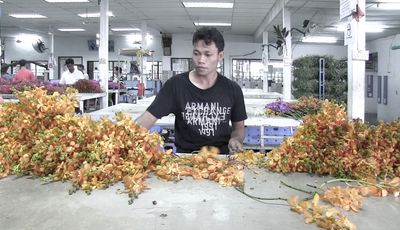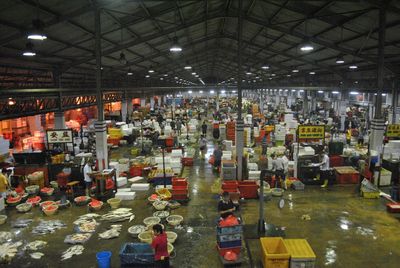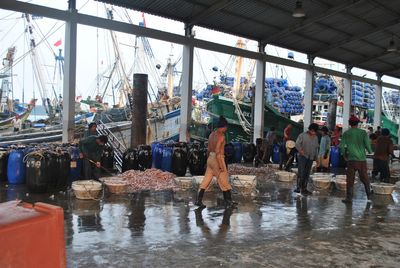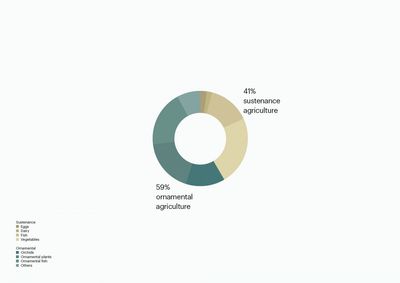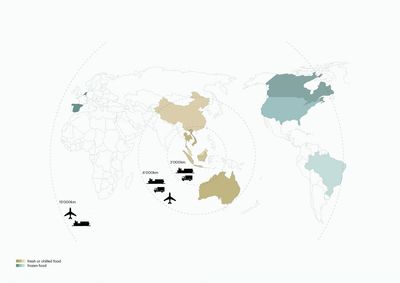FoodGrowing Out: Singapore's Food SupplyDesirée Amport and Caroline Schillinger
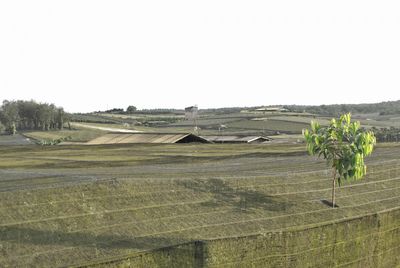
Being a island nation devoid of natural resources, Singapore imports around 90 % of the food it needs. The almost complete absence of agriculture, combined with the need to feed the population of over 5 million inhabitants and 13 million tourists per year has stimulated the food imports from Malaysia, Indonesia and other countries. As Singapore plans to grow in the next decades, the dependency on food imports will increase.
Around 1960, nearly a quarter of the country’s territory (then 140 square kilometres) was devoted to agriculture. After the independence in 1965, the city-state in cooperation with the United Nations Development Programme (UNDP) and other international agencies, undertook huge efforts in order to increase its food production. Shortly after, the local food production was able to fully meet the demand for eggs, poultry and pork.
By the mid 1980s however, less than 50 square kilometres of the agricultural land remained in use, only 1.6 % of Singapore’s land area. Today, agriculture contributes 0.2 % to the GDP in Singapore and provides employment for 0.2 % of the workforce. These low-wage foreign workers maintain Singapore’s 200 farms.
Due to the rapid growth of the built-up area and industries during the 1970s and 1980s, agricultural production was reorganised and moved away from the urban core to the so-called hinterlands of the island. For example pig farms were resettled and grouped in the Punggol District in the north of Singapore, before being phased out completely in the late 1980s. Other agriculture activities were partially regrouped in Lim Chu Kang District and Mandai hills, where flower farms and aquaculture developed over the time.
Most of agriculture and fishing was outsourced abroad to the proximate hinterlands in Malaysia and Indonesia; similar process took place in the manufacturing sector. A growing number of Singaporean companies, such as the supermarket chains, are active in the cross-border region, contracting out or investing in food production for Singapore.
Singapore allows free import of food supplies and products but as a country reputed for safety and hygiene, it has strict regulations ensuring safety of food imports. The major governmental bodies controlling the food trade are the Agri-Food and Veterinary Authority of Singapore (AVA) and the Food Control Department.
In recent years agro-technology parks are becoming synonymous for agriculture in Singapore. The advanced technologies and techniques for intensive farming have become the new and high earning type of agricultural activity, earning the city-state an unlikely title of having “the most productive agriculture sector in the world.” With the products of agro-technologies, Singapore plans to take the markets in the Southeast Asia.
The goal of the work is to describe and map Singapore’s food hinterlands.
